The Voyager spacecraft, which is two spacecraft, Voyager 1 and Voyager 2, is one of the most major accomplishments in history. It has been flying since 1977 and has lived far beyond humanity’s expectations. As of 2022, both spacecraft are still working and are located past the outer boundary of the heliosphere in interstellar space. They collect and transmit user data to the Earth.
Since the Voyager programme has travelled to the four giant planets, it has brought up many mysteries about them. Let’s have a look at the prime discoveries!
VOYAGER 1

While having a flyby near Jupiter, Voyager 1 discovered a thin ring around the planet and the two new Jovian moons: Thebe and Metis. Jupiter’s rings, unlike Saturn’s, are barely visible through a telescope.
At Saturn, Voyager 1 found five new moons and a new ring called the G-ring. It sent close-up photos of Saturn’s rings, helping the scientists understand the G-ring better.
Since Voyager 1 is travelling in interstellar space, its plasma wave instrument detected the vibrations of dense interstellar plasma, or ionised gas, from late 2012 and early 2013.
Voyager 1 did a lot of work on Saturn’s moons, specifically Titan. It used a remote sensing technique called ‘radio science occultation’ that measures a moon’s characteristics.
VOYAGER 2

Voyager 2 has also made significant discoveries. One of them is the discovery of the ten new moons of Uranus.
In January 1986, the Voyager 2 spacecraft flew closely past distant Uranus. Then, the spacecraft sent clear photos of Uranus, giving important information about the planet’s cold surface.
Voyager 2 also found out about the biggest Neptunian moon, Titan, and sent its photos to Earth.
Read Further:


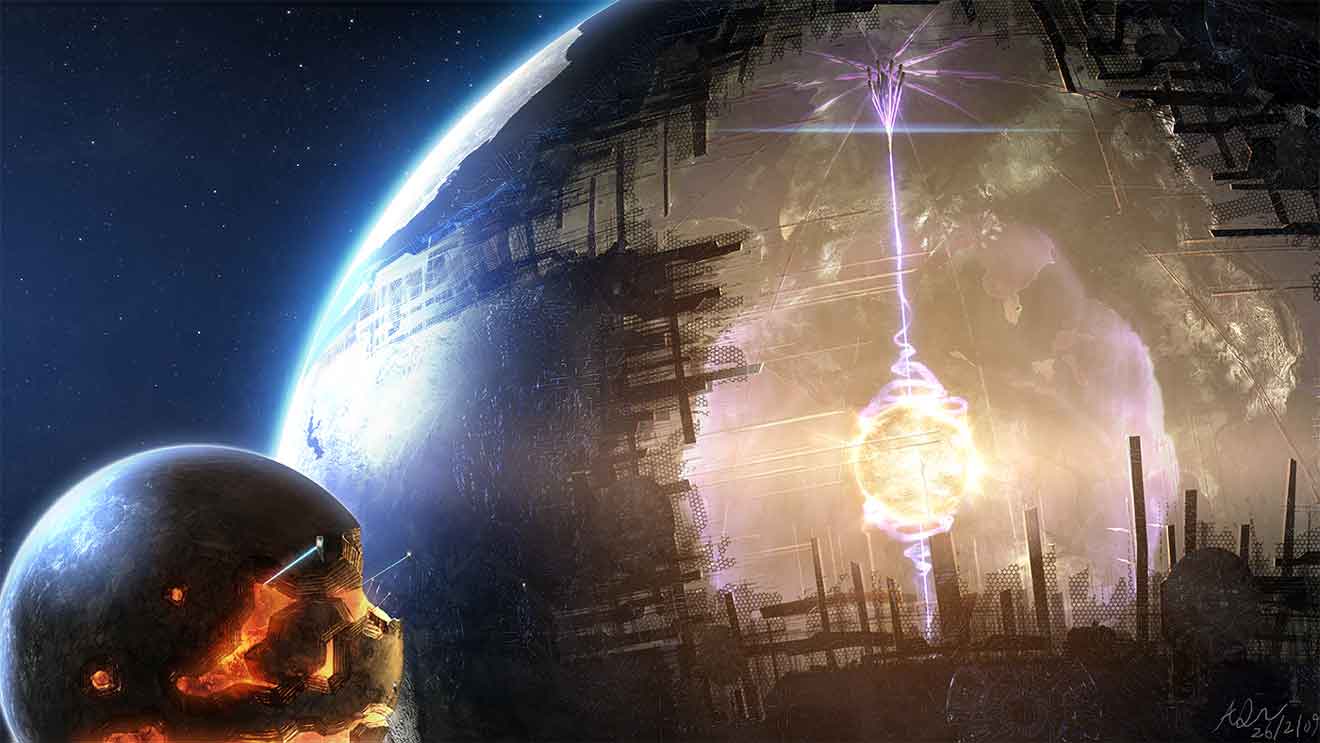
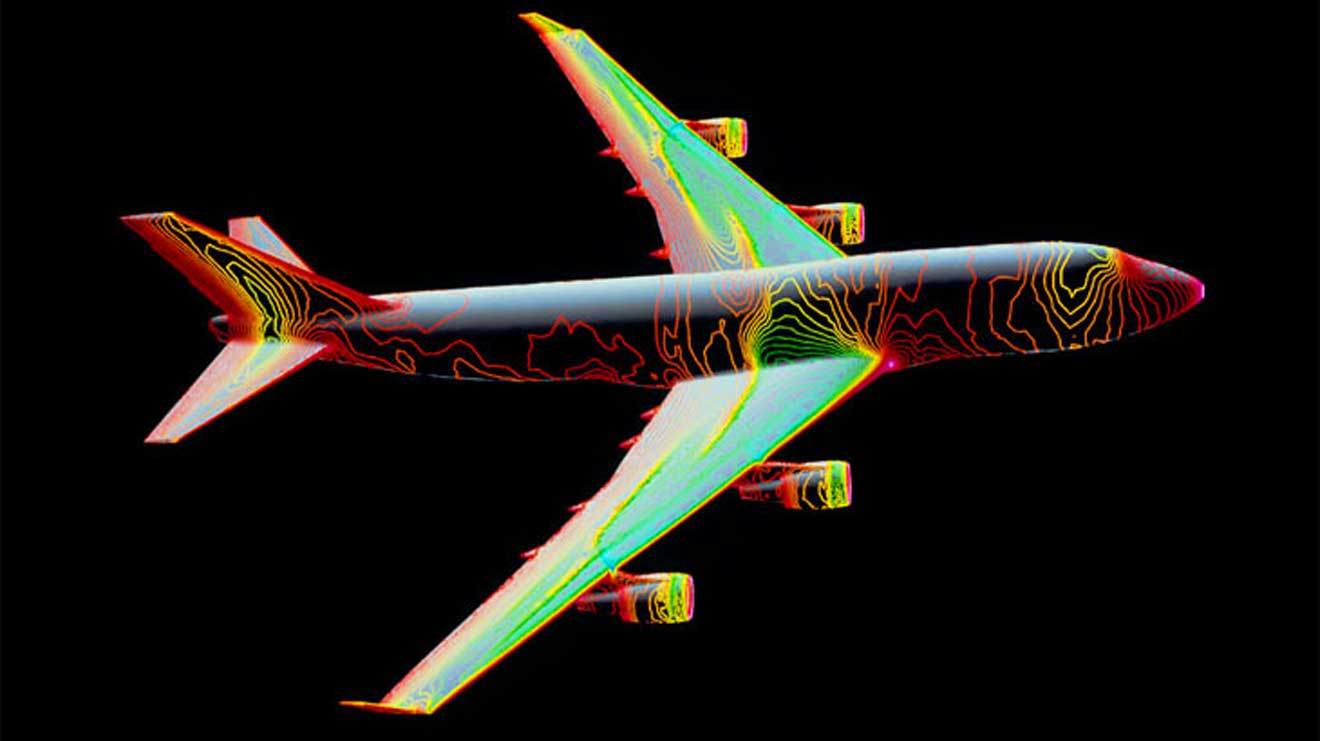

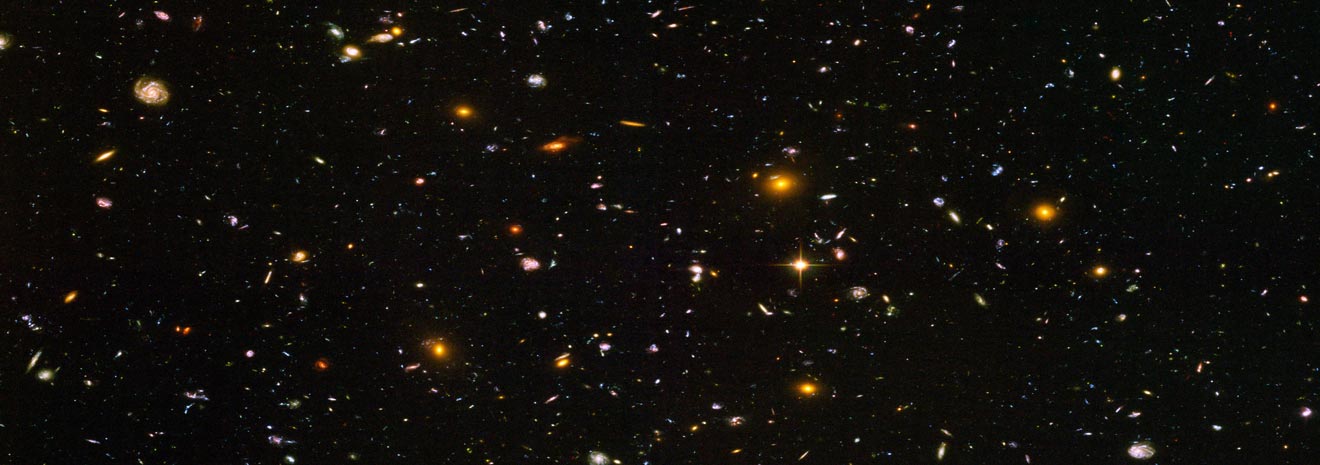
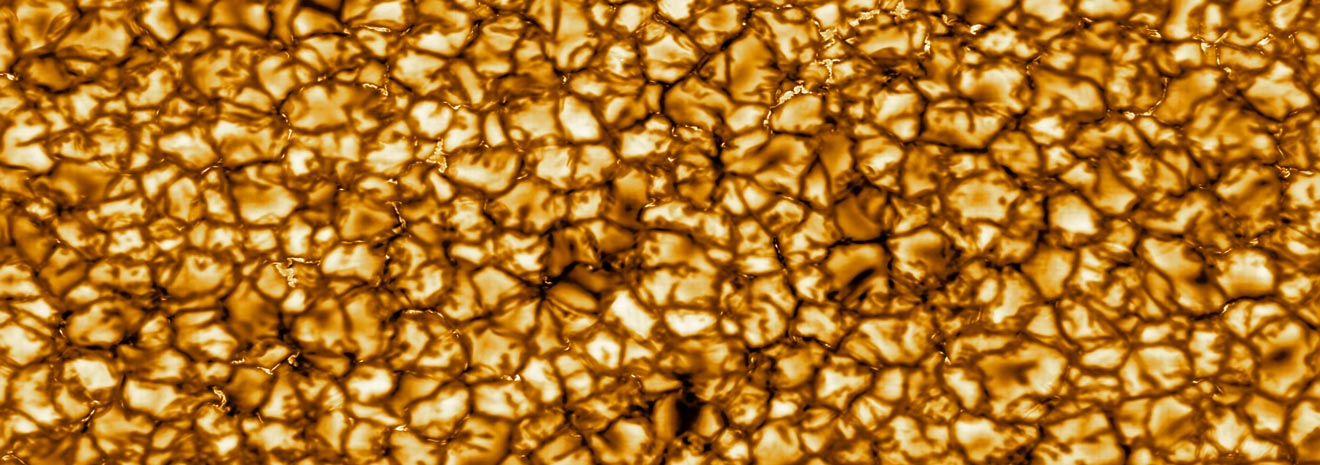
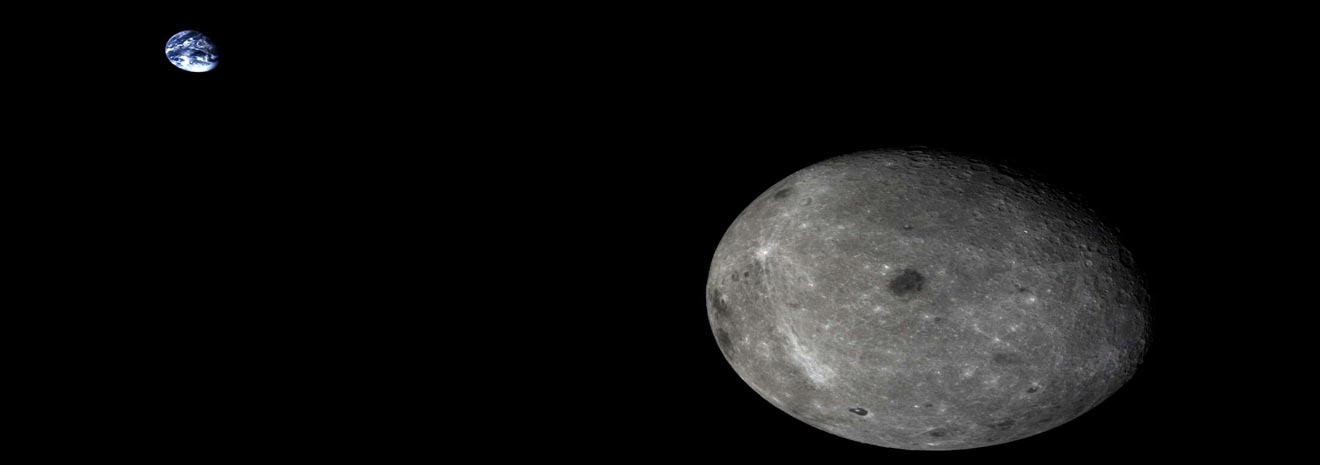
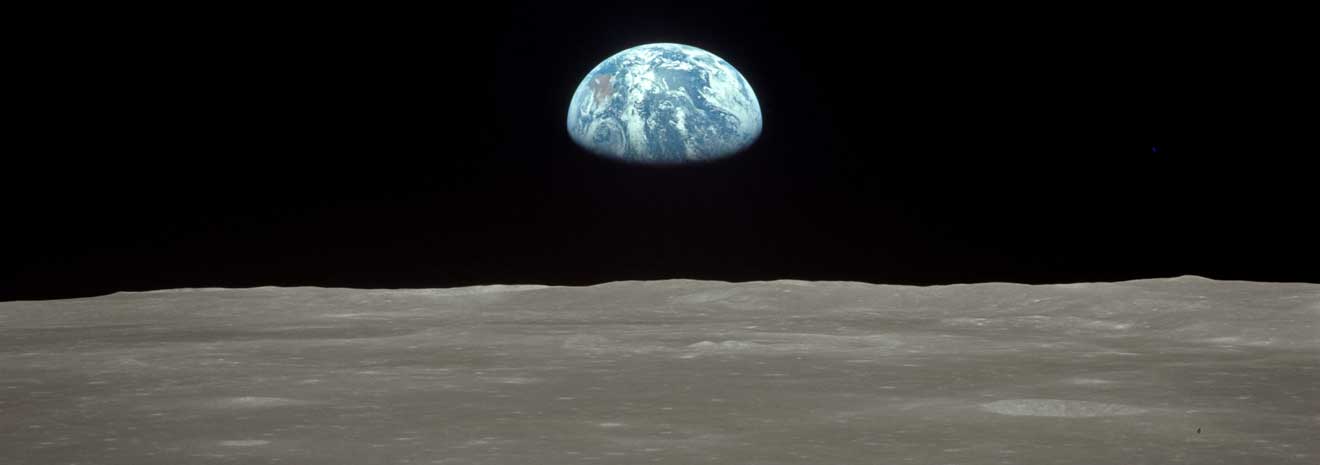

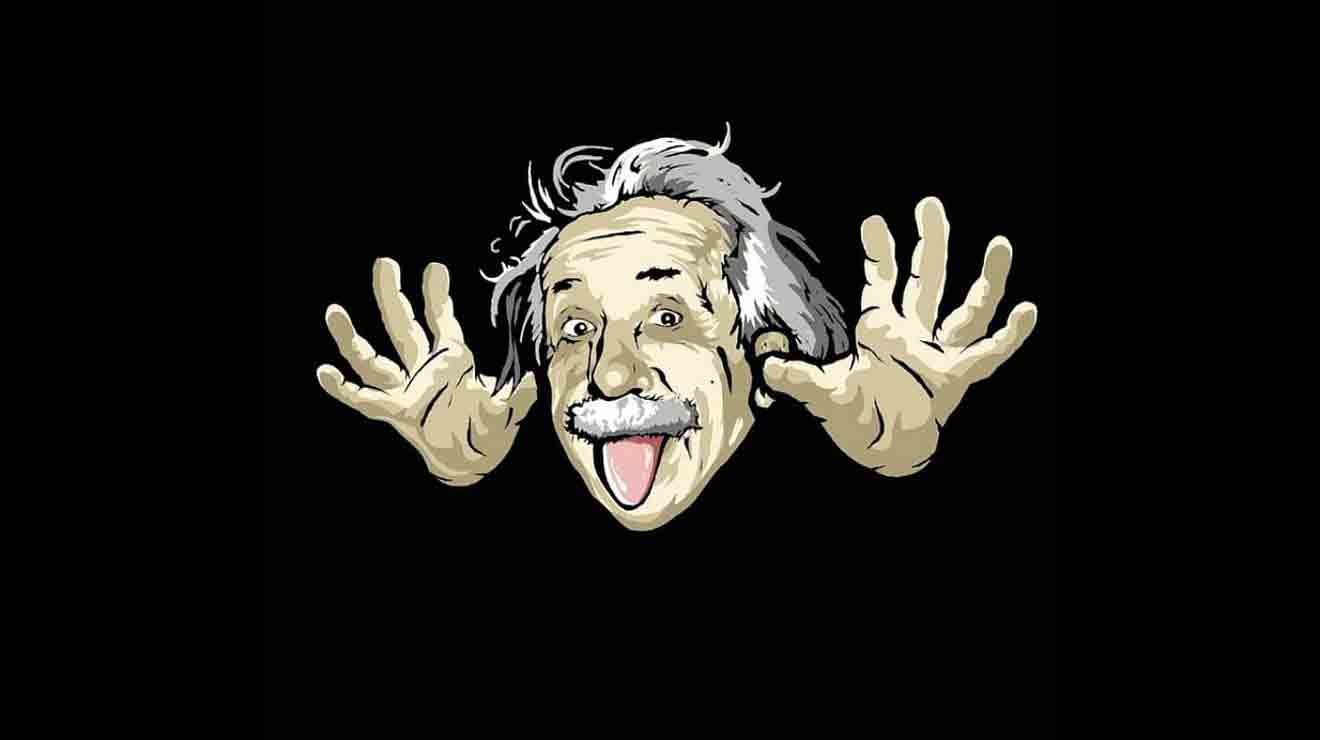

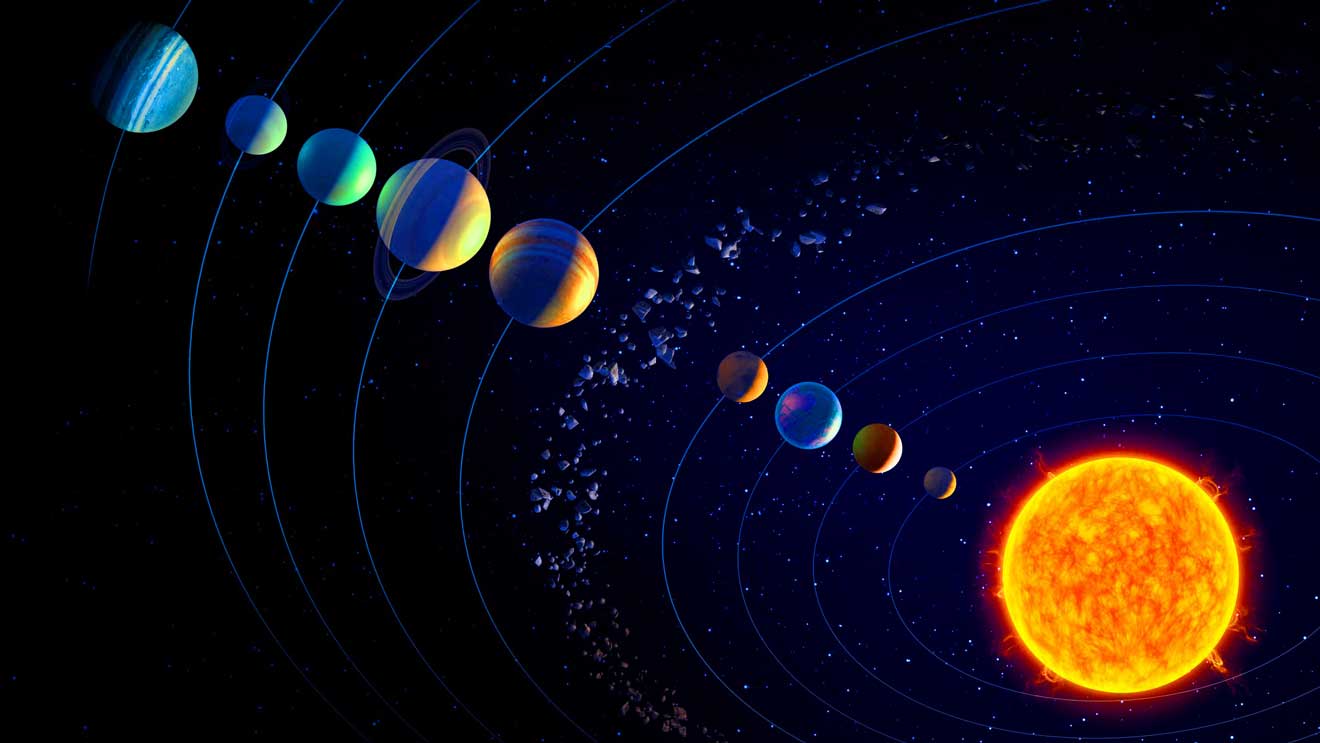
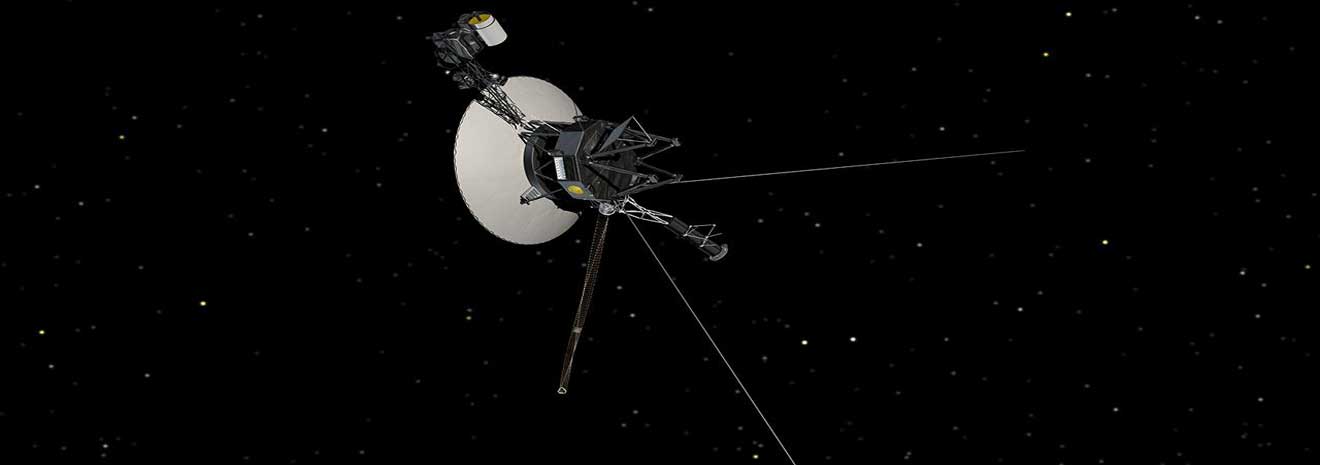






Add Comment